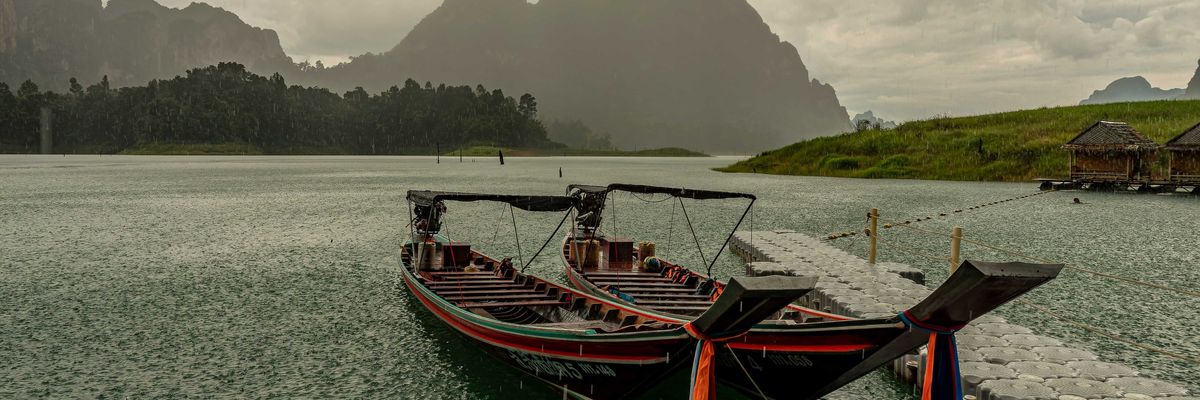landslide
Greenland landslide triggered global seismic event for nine days
A climate-driven landslide and mega-tsunami in Greenland in 2023 caused a seismic event that made the Earth vibrate for more than a week.
In short:
- A 1,200-meter-high mountain collapsed into Greenland's Dickson fjord, causing a tsunami with initial waves 200 meters high.
- The tsunami waves sent seismic vibrations through the Earth for nine days, a phenomenon never seen before from such an event.
- Scientists linked the collapse to melting glaciers caused by climate change, warning of more frequent landslides in the future.
Key quote:
“We can quite clearly see this event, triggered by climate change, caused a global vibration beneath all of our feet, everywhere around the world.”
— Anne Mangeney, landslide modeller at the Institut de Physique du Globe de Paris in France
Why this matters:
As Arctic regions warm, the stability of landscapes once thought secure is at risk, leading to unpredictable natural disasters. This incident shows how climate change impacts can reverberate globally, both literally and figuratively.
Learn more: Scientists warn of irreversible climate tipping points
Landslides in Ethiopia claim 229 lives
A double landslide in southwestern Ethiopia killed 229 people on Monday, burying rescuers who rushed to help those initially trapped.
Lynsey Chutel and Kumerra Gemechu report for The New York Times.
In short:
- The first landslide struck Geze district, killing many villagers; a second landslide hit rescuers an hour later.
- Continuous heavy rains had saturated the land, leading to the deadly mudslides.
- The region is increasingly vulnerable to climate change, experiencing severe weather patterns and more frequent natural disasters.
Key quote:
“They had no clue that the land they were standing on was about to swallow them.”
— Habtamu Fetena, local government emergency response head
Why this matters:
Climate change is intensifying extreme weather events in East Africa, leading to more frequent and severe natural disasters. Understanding these impacts is crucial for improving disaster preparedness and response
Landslide buries village in Papua New Guinea, thousands feared dead
A massive landslide in Papua New Guinea has buried more than 2,000 people alive, prompting urgent pleas for international aid.
In short:
- The landslide struck the remote village of Yambali early Friday morning, trapping residents as they slept.
- Rescuers face challenges from rough terrain, ongoing natural hazards, and security risks due to tribal conflicts.
- The disaster has isolated the region, complicating relief efforts and cutting off access to essential resources.
Key quote:
“We have a situation that is getting worse and worse every moment.”
— Serhan Aktoprak, chief of U.N. migration agency’s mission in Papua New Guinea
Why this matters:
The natural disaster has created a perilous situation, with rescuers struggling against rugged terrain and the persistent threat of further natural hazards. The situation in Yambali emphasizes the dire need for coordinated emergency response plans that can navigate both the geographical and sociopolitical landscapes in such crises.
Read:









